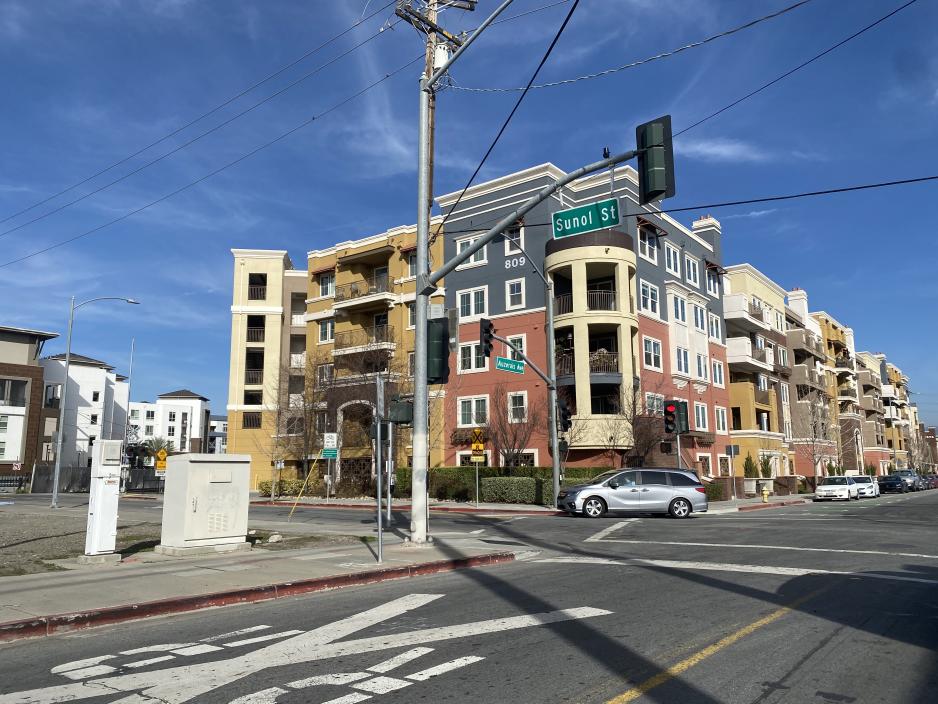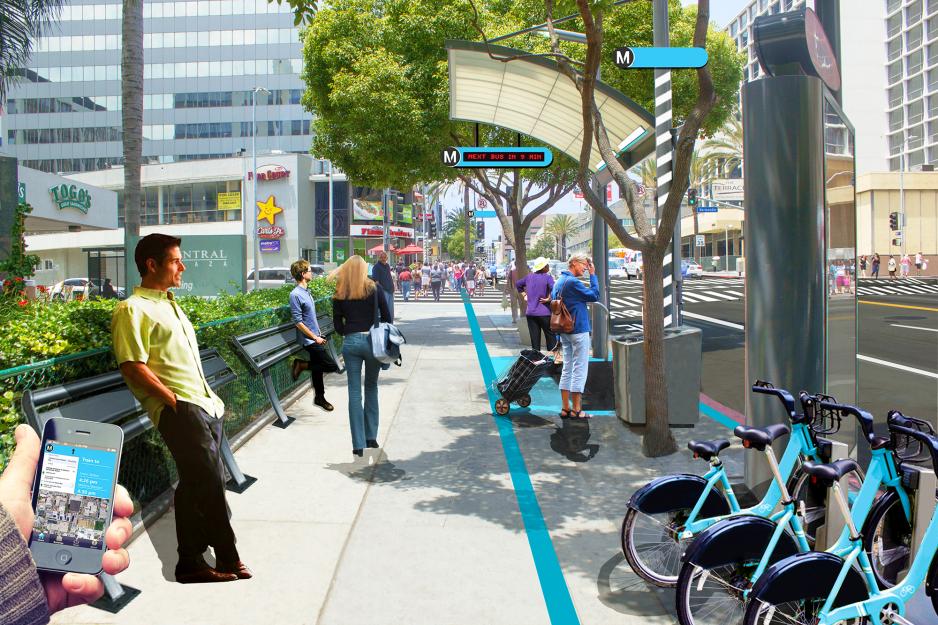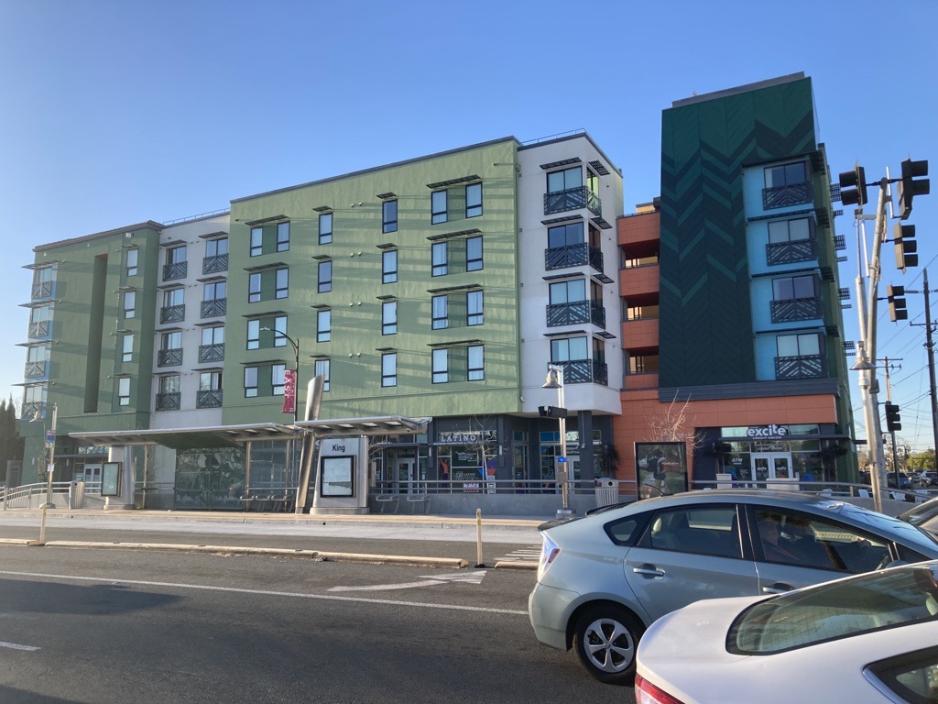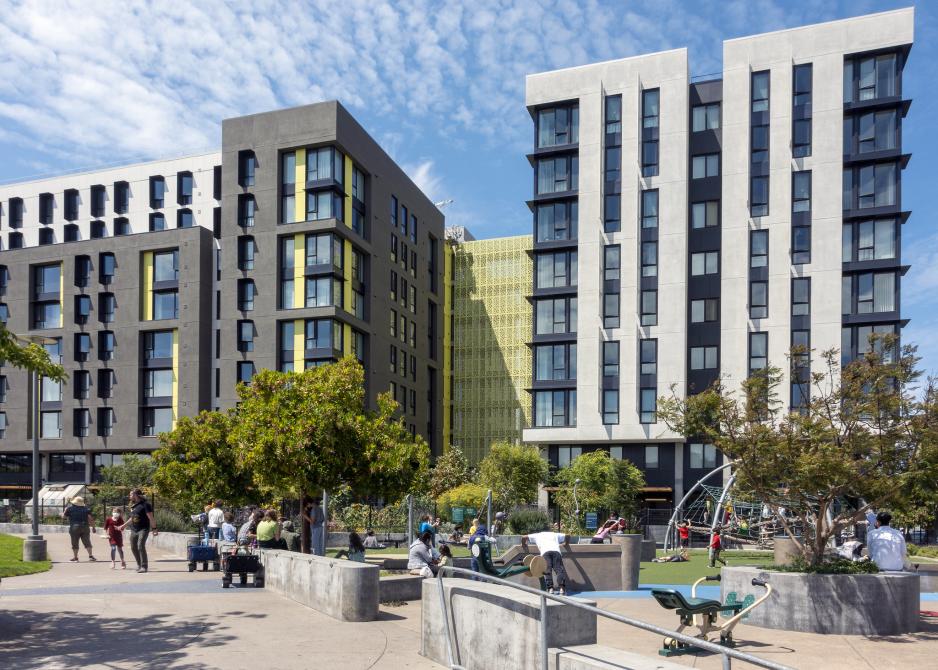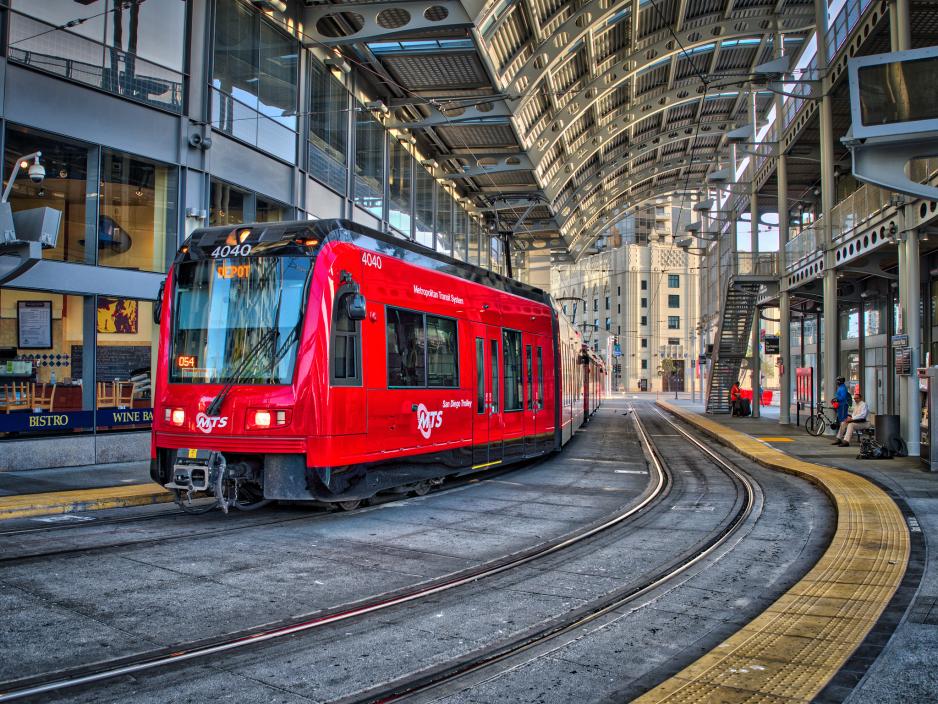Enable mixed-use and mixed-income equitable Transit-Oriented Communities (eTOC) to achieve a reduction in the impacts from future growth, and the creation of sustainable destinations that enhance existing communities and offer easy access to a range of choices for employment, housing, recreation, education, culture, and services. Equitable development acknowledges that the value generated by transit and TOD can increase housing and other costs and accelerate displacement. To support the resilience of people and communities, anticipate community change, co-create project needs, and implement strategies that provide greater social, cultural, and economic opportunity for all current and future residents.
Providing house at a range of densities and affordability levels.
- Define displacement and equity goals early in a project.
Body
Target growth and development (intensified and mixed land uses) to bus routes, light rail lines, and transit stations and provide pedestrian- and bike-friendly access.
- Ensure developments enhance mobility choices and first-last mile connections.
Developments should include commercial and retail spaces that support local businesses and living-wage jobs.
Require developments provide community services and other amenities, integrated into safe, walkable neighborhoods.
Require transit stations and the areas around them to be designed as inviting, highly visible, safe, and visually interesting places that are well-integrated with adjacent buildings.
